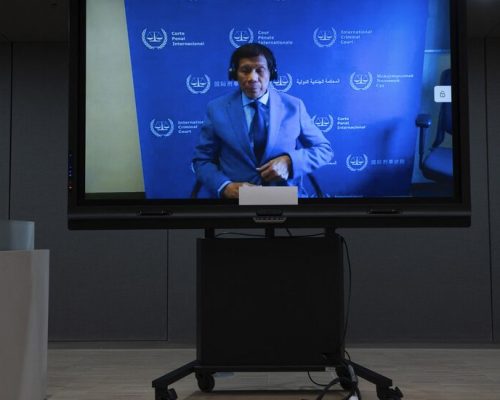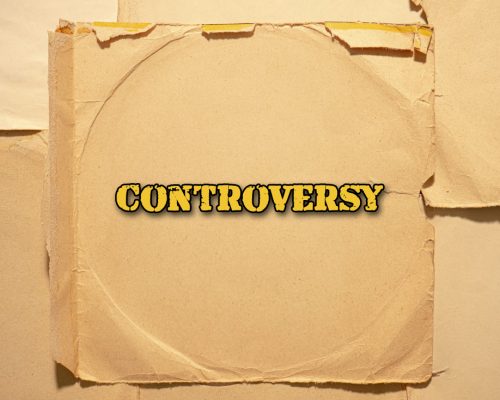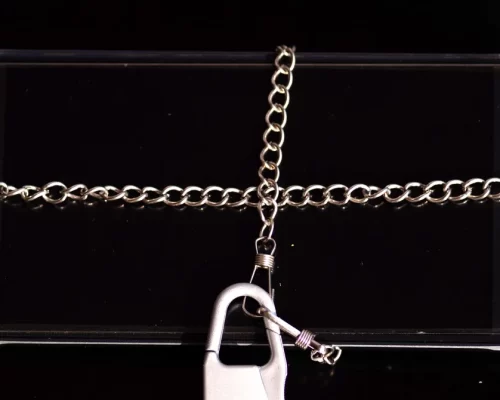Deep learning fake videos or “DeepFake” videos are a growing threat. While we agree it’s fun and seems meaningless to put our faces on over some dancing videos or memes, but deception due to deepfakes can also cause harm and result in negative consequences.

How DeepFake Videos Work
Imagine receiving a video announcement of a bomb threat from a government official and chaos ensues, only to find out that it’s a fake? Or what if you receive a video of yourself committing a crime and the attackers threaten to release the fake but incriminating videos if you don’t pay them?
“A deepfake is a video made by employing Artificial Intelligence (AI) and Machine Learning (ML) to create an exact likeness of a person saying or doing things he or she never actually said or did. The deception plays on the human tendency to believe what is seen and can be very effective in making it appear as though the contents of a video is genuine”, according to Identity Management Institute.
How to Spot a DeepFake
Using AI to create deepfakes can be a growing threat. Here is a list of steps or things you can lookout for to find out if what you’re watching is a deepfake in facial transformations:
1. Pay attention to the eyes.
High-end DeepFake manipulations are almost always facial transformations. A common warning sign is unnatural-looking eye movements or lack thereof. Do the eyes blink or blink too much? Do the eyes blink naturally? It’s difficult to accurately reproduce eye movements especially when a person speaks to another.
2. Pay attention to the face.
Does the skin on the cheeks and the forehead appear too smooth or too wrinkly? Is the agedness of the skin similar to the agedness of the hair and eyes? The video may be a deepfake if someone’s face doesn’t display the emotion that should go along with what they’re saying or if you can detect facial morphing or image stitching. DeepFakes also tend to be incongruent on some dimensions.
3. Pay attention to the nose.
You should be wary of videos that appear to be real if someone’s face and nose are pointed in different directions. You can also check the position of their nose
4. Pay attention to the glasses.
Is there any glare? Is there too much glare? Does the angle of the glare change when the person moves? Do shadows appear in places that you would expect? DeepFakes may fail to fully represent the natural physics of a scene or fail to represent the natural physics of lighting.
5. Pay attention to the facial hair or lack thereof.
Does this facial hair look real? DeepFakes might add or remove a mustache, sideburns, or beard. It can also alter the age of the hair by making darker hairs to greyer shades. But, DeepFakes may fail to make facial hair transformations fully natural.
6. Pay attention to posture or physique
Inconsistent or awkward positions of a person’s body shape is another indication of a DeepFake. Are the edges of images blurry? Are the visuals misaligned? — for example, where someone’s face and neck meet their body — you’ll know that something is amiss. As of yet, DeepFake technology typically concentrates on facial features rather than on the entire body, this is one of the simpler anomalies to detect. If a person’s head is awkwardly positioned with their body, it might likely be a DeepFake.
7. Pay attention to the lip movements.
Some deepfakes are based on lip syncing. Do the lip movements look natural? Deepfake producers commonly focus more on the visuals rather than on the sounds of the video. Look out for poor lip-sync, robotic voices, odd word pronunciation, digital background noise, or even a lack of audio.
8. Pay attention to facial moles.
Does the mole look real? Sometimes awkwardly-shaped moles can be an indication that the facial transformation went through a DeepFake technology.
9. Pay attention to unnatural coloring.
Are the colors blending? Is the shadow where it’s supposed to be? Unusual skin tone caused by lighting, discoloration, weird lighting, and misplaced shadows are all signs that what you’re seeing is likely fake.
10. Pay attention to the teeth.
Do the teeth look real? Algorithms may not be able to generate individual teeth yet, so an absence of outlines of individual teeth or weird placement could be a clue.
11. Images that look unnatural when slowed down
If you watch a video on a screen that’s larger than your smartphone or have video-editing software that can slow down a video’s playback, try to zoom in and examine the frames of the video more closely. Check in on some details. For example, the lips- are they really talking or bad lip-syncing? If so, it might be a DeepFake.#



























